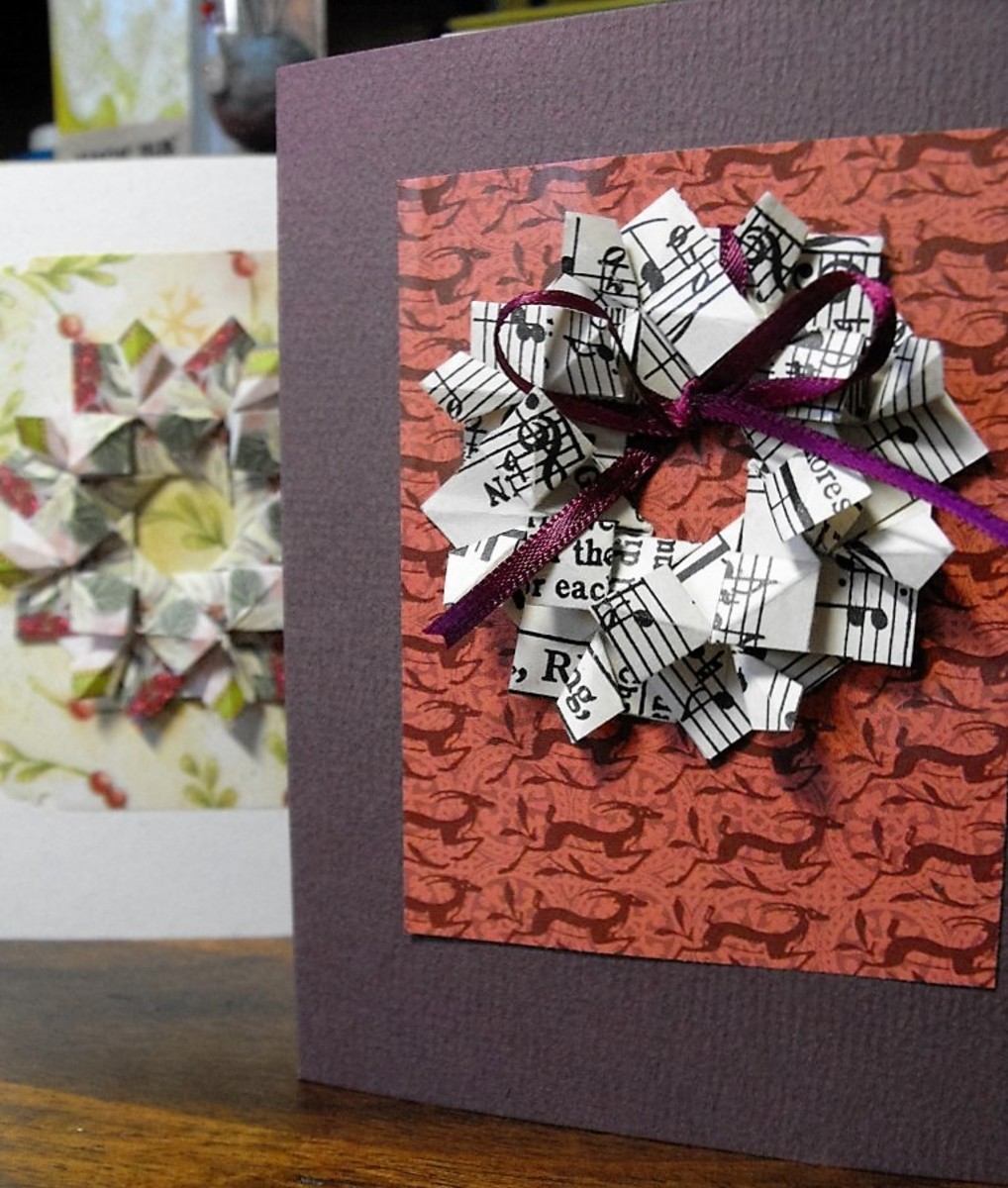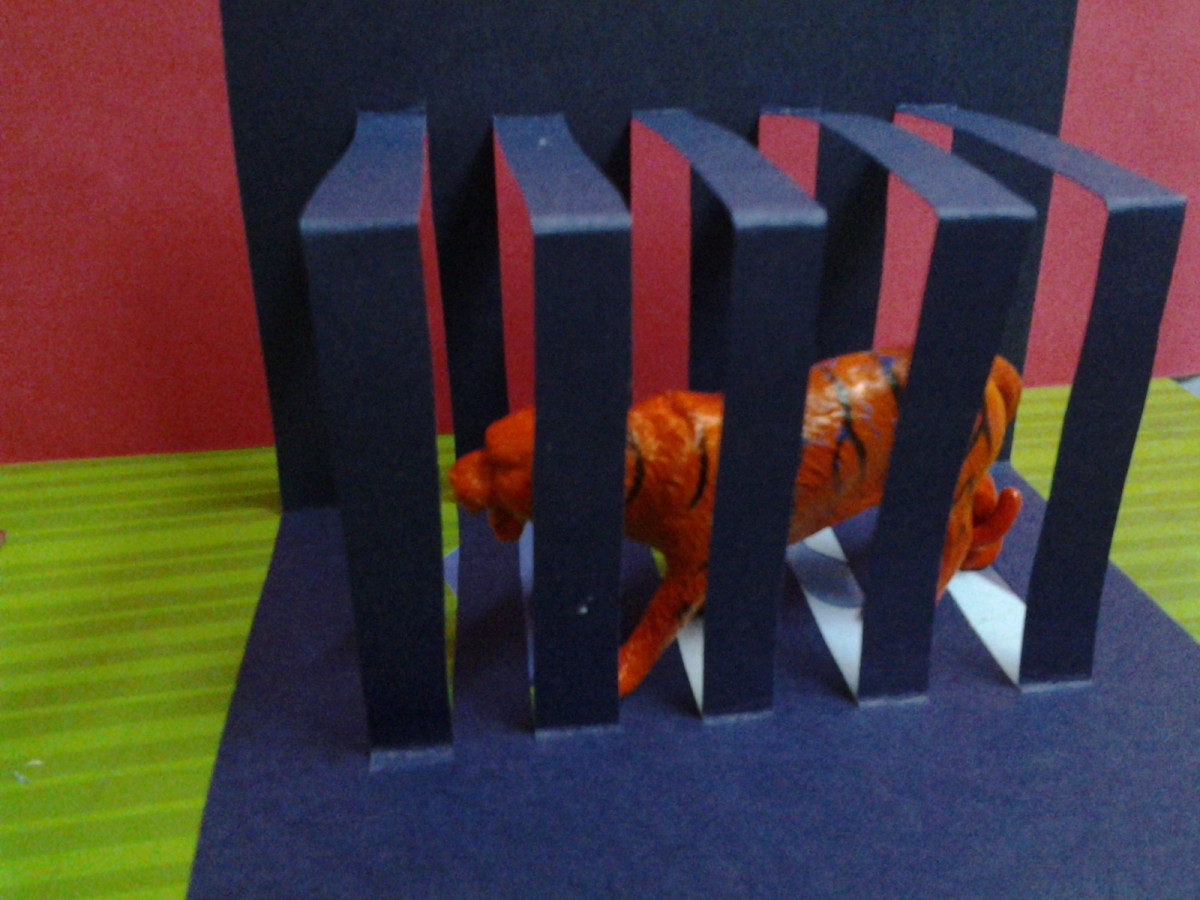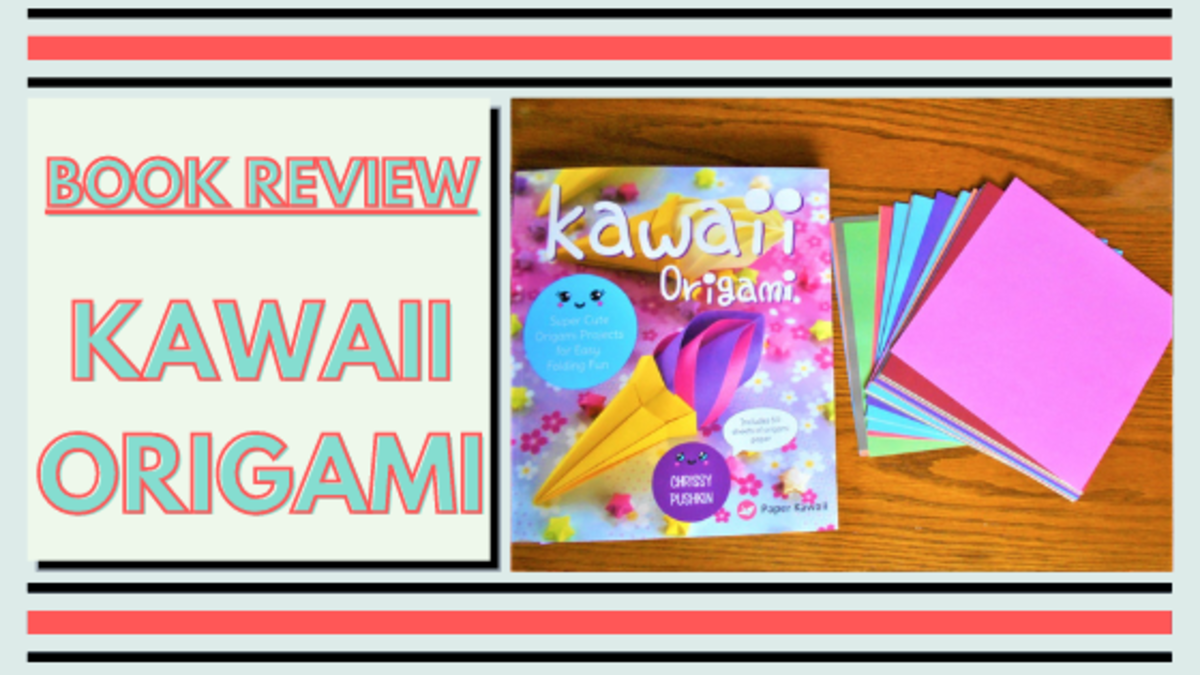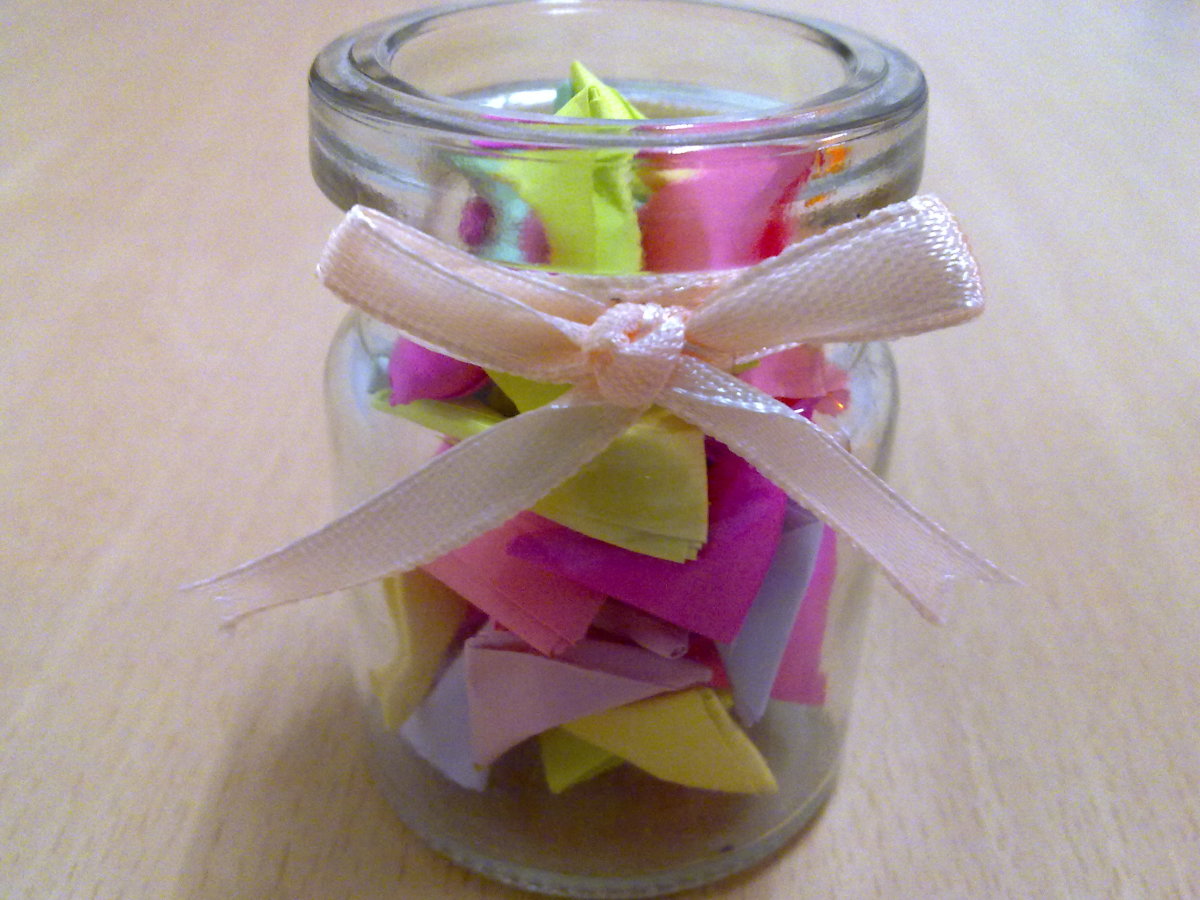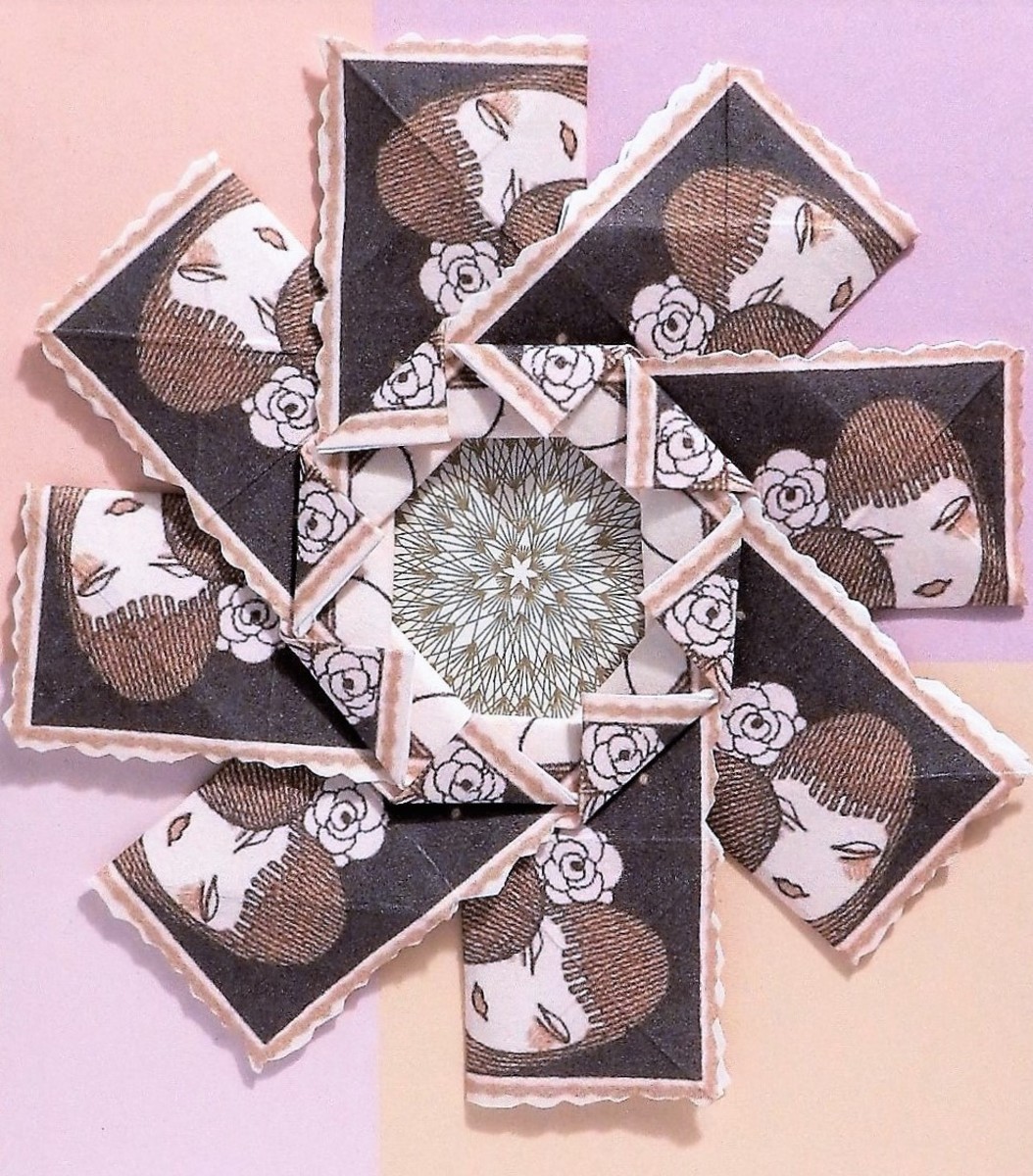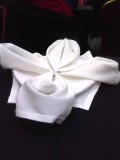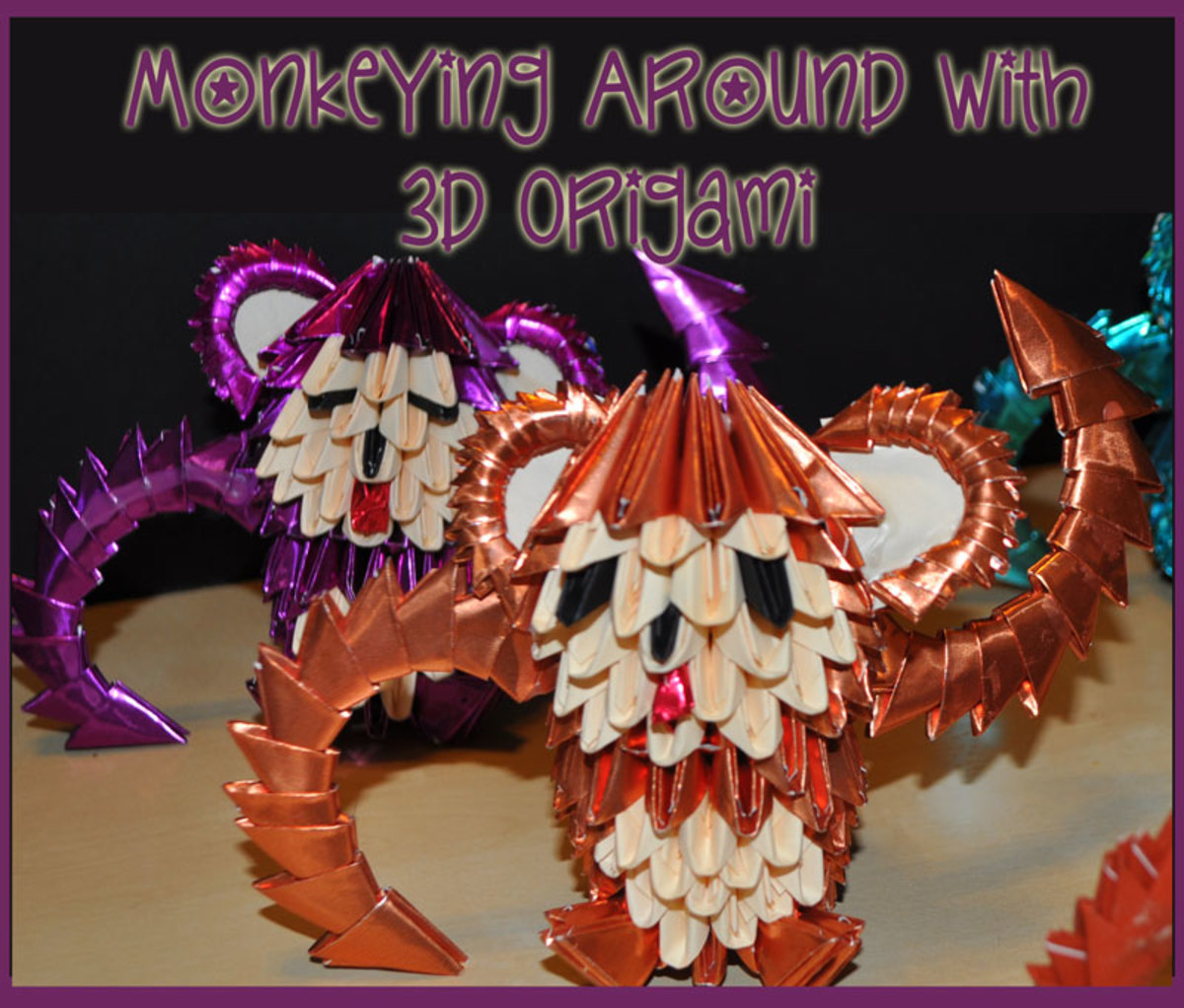- HubPages»
- Arts and Design»
- Crafts & Handiwork»
- Paper Creations
How to Get Started with Simple Origami
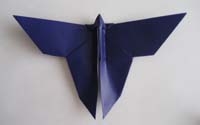
Getting started with simple origami is both easy and inexpensive. Before we get to that, you may be wondering why you would even want to try origami, after all, isn't it just for kids?
Here are five reasons why the art of paperfolding may be ideal for you:
1. Ideal for All Abilities
Origami projects range from easy, with minimal folding, to complex. The more intricate creations can take hours to complete. Kids, teens, adults and seniors can all find a level that is suitable for them.
2. Improves Concentration
We've all heard how important it is to keep our brain active as we age. Origami is a great way to keep the brain engaged and focused.
3. Improves Fine Motor Skills
The action of folding paper precisely and creasing it can develop and maintain hand-eye coordination and fine motor skills. For this reason easy origami projects are ideal for young kids, older adults, and even those who are recovering from brain injuries.
4. You Can Do It Anywhere
As long as you have a flat surface upon which to fold, you can literally create origami anywhere. You could even fold origami on a bus, on the subway or in an airport terminal - just use a book for your table.
5. It's Inexpensive
The art of paperfolding is an inexpensive hobby requiring only paper, instructions with diagrams, and a flat surface.
There's also the sense of accomplishment you get from completing a project. Did I mention that it's fun!
Getting Started with Simple Origami
All you need is paper, some folding instructions, and a flat surface. The rules of origami only allow folding. No glue, tape, staples or cutting is allowed.
Origami Paper
When first learning the art of paperfolding you can use paper you have around the house. Try using printer paper, lined paper, gift paper, florist paper, stationary, and even the pages of old magazines. Cut a square out of the paper and you're ready to go. If the instructions indicate a specific square size, it's best to use that.
The papers indicated above are thin and easy to fold. Newspapers could be used for origami hats but the ink usually ends up on your hands. Cardstock is too thick for most origami projects.
You can also purchase special origami paper that is pre-cut into squares of various sizes. The paper is quite thin and is colored on one side. It usually comes in solids, patterns, or even metallic. I like to use this for projects that I want to keep or display in my home. You could even try using hand-made paper, as long as it's not too thick.
Folding Instructions
At first you'll likely need origami diagrams and instructions in order to fold your first pieces. There are several folds that are common to all origami creations, regardless of difficulty, that you'll want to learn. For instance, the mountain fold is when you fold the paper away from you while the valley fold is when you fold the paper towards you. The folding directions will indicate what type of fold to make.
With most simple origami pieces, such as simple animals and airplanes, you can just follow the visual instructions. As the pieces get harder, you'll need to know the symbols for the different folds.
You can find directions for various origami pieces online. Origami kits are an ideal solution for beginners as they include instruction books and paper - everything you need to get started in one place.
Flat Folding Surface
The final look of your origami project will depend on how flat the creases and folds are. It's much easier to fold on a flat, smooth, and hard surface such as a table or large book.
The important thing is to get started and see how you like it.

